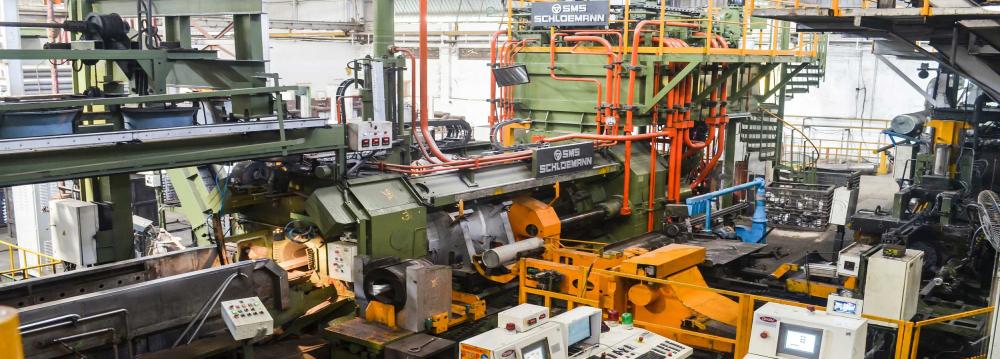India’s economic growth is likely to fall short of initial estimates in the current financial year. And if revised forecasts from economists are anything to go by, growth in gross domestic product may be sub-7%.
The revision comes in the wake of weaker than expected GDP growth of 5.7% in the first quarter of the year. The data released last week has forced most economists to rework their estimates, even though some are doing so grudgingly and questioning where reported data presents a true picture of the underlying economy. Others question the government’s narrative that the growth slowdown is due to temporary factors, Bloomberg reported.
Morgan Stanley in a research note issued on Wednesday said that they are ‘skeptical’ of GDP statistics, which may not fully reflect the underlying growth trends. Still, given the weak first quarter growth data, the research house has trimmed its growth estimates. It now expects growth of 6.4% and 7.4% in the calendar year 2017 and 2018 respectively. This is sharply lower than the 7.6% and 8% growth the research house had forecast earlier. For the current fiscal, Morgan Stanley pegs growth at 6.7%.
As a consequence of the cut in growth estimates, earnings per share (EPS) estimates for fiscal 2018 have also been reduced by 2%, said Morgan Stanley.
GDP growth in the first quarter came in at its lowest since 2014. Gross Value Added growth also slipped to 5.6%. The government’s chief statistical officer TCA Anant blamed this on destocking ahead of the GDP and the price impact felt due to normalization of wholesale prices in this year compared to the previous year.
The Reserve Bank of India has pegged GVA growth at 7.3% this year. It will likely peg down these forecasts following the next monetary policy committee meet in October.
Bitter Reality
The bitter reality of sub-6% growth was “unpalatable” to market watchers, said Axis Capital in a report on Wednesday.
“GDP growth in the next two-quarters will have to jump sharply to over 7% to meet the government’s 7% projection this year. A recovery is possible led by inventory rebuilding, but attaining the target still seems like a tall ask at this stage,” Axis Capital said.
The research house added that unlike previous slowdowns driven by supply side problems, this time the problem is demand. This, according to Axis Capital, is proved by the fact that retail inflation at about 2% is in line with developed market standards. This is not the right place to be for a developing economy, said the report. “This, in fact, is a symptom of insufficient demand.”
India’s economic growth has seen an erosion over the past six quarters. Growth may remain subdued for some time, wrote Neelkanth Mishra, India Equity Strategist at Credit Suisse in a note on Tuesday. He added that a slowdown that lasts a few years could very well test the long term optimism about the India story.
“Unfortunately, the visibility on several macroeconomic parameters has worsened, as if a fog has descended. We know very little about growth, fiscal deficits, banking system health, inflation and even the currency,” he said.
Similar Concerns
Credit Suisse points out that while estimates, for GDP growth and earnings growth, have been tempered for fiscal 2018, estimates for the following year could see some downside as well. “...With FY19 Nifty EPS growth at 23% year on year; we expect meaningful cuts to these estimates.”
Sanjeev Prasad, co-head of Kotak Institutional Equities, in his note, shared similar concerns and challenged the narrative that the slowdown is due to transient factors. Prasad points to the fact that investment in the economy is yet to recover and this continues to be a pressure point for economic growth.
“The investment component of GDP has grown at 1.6%, 3.4%, 6.5% and 2.4% in FY14, FY15, FY16 and FY17.... It is simple math that if 30% of the GDP were to grow at low-single digits, then overall GDP will struggle to grow at high-single digits,” Prasad said.
He added that while private consumption has held up well so far, lack of jobs and investment could put a shadow on that segment of the economy too. Finally, if GST results in disruption in the unorganized sector, the pain will spill over into the consumption economy, warned the report.


